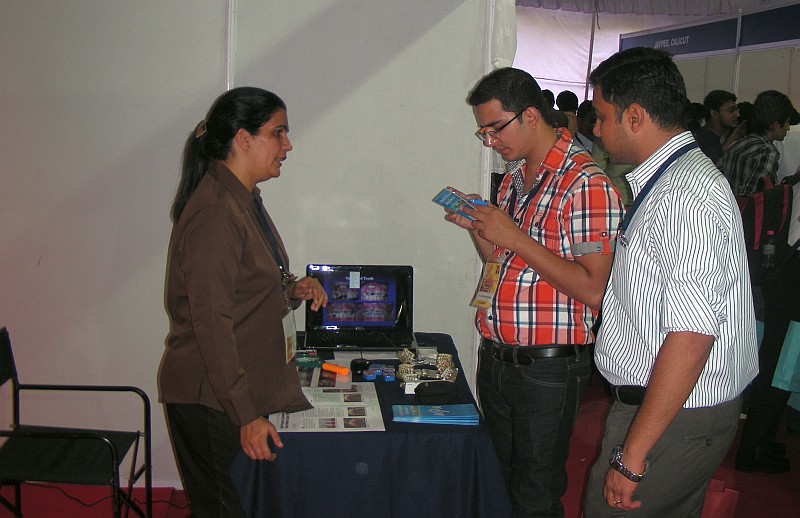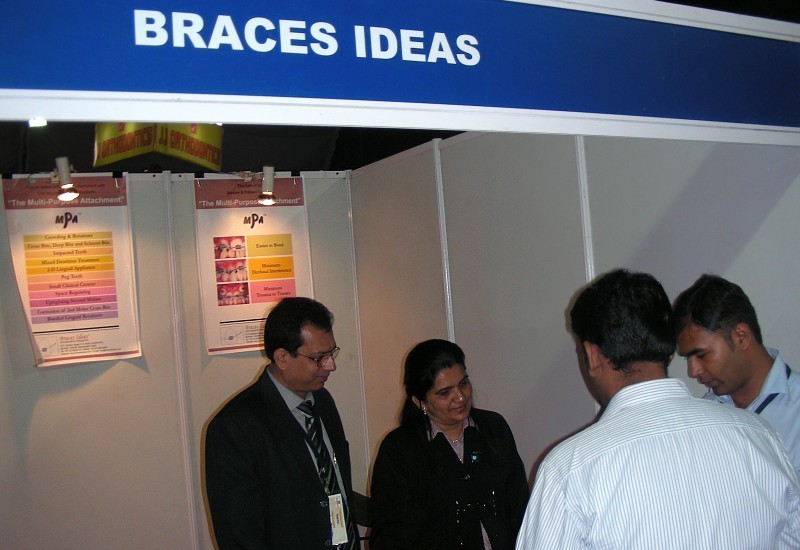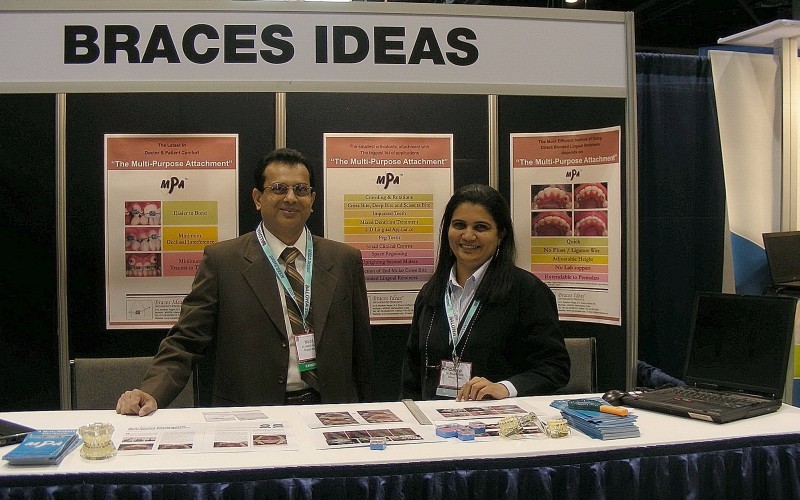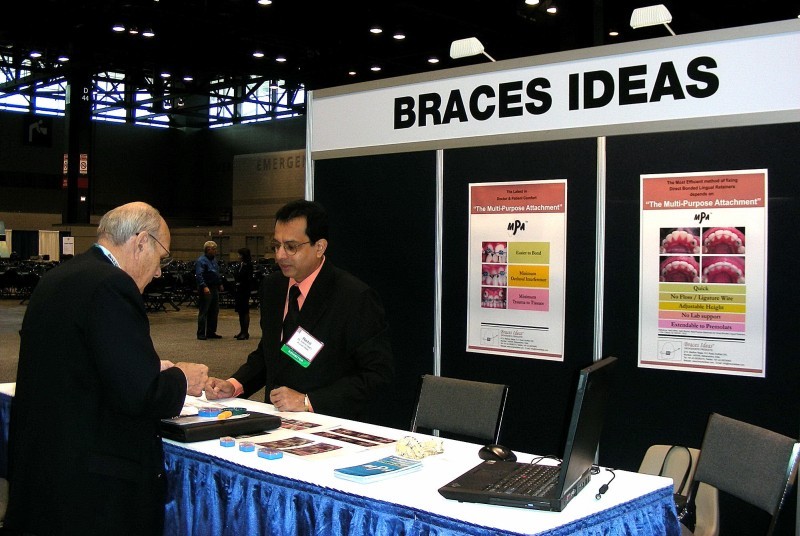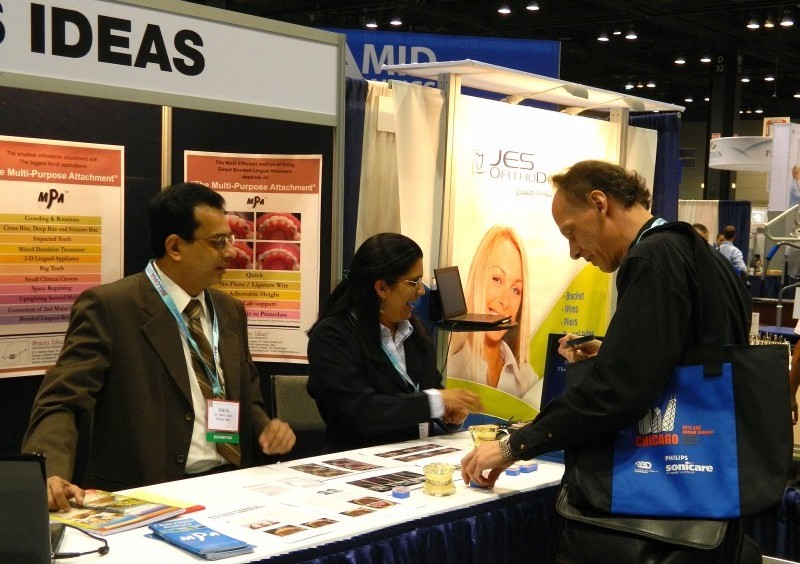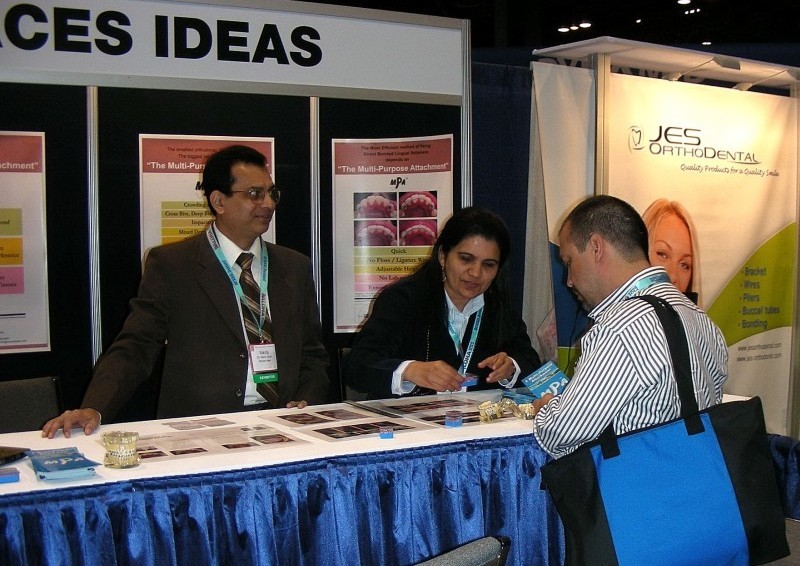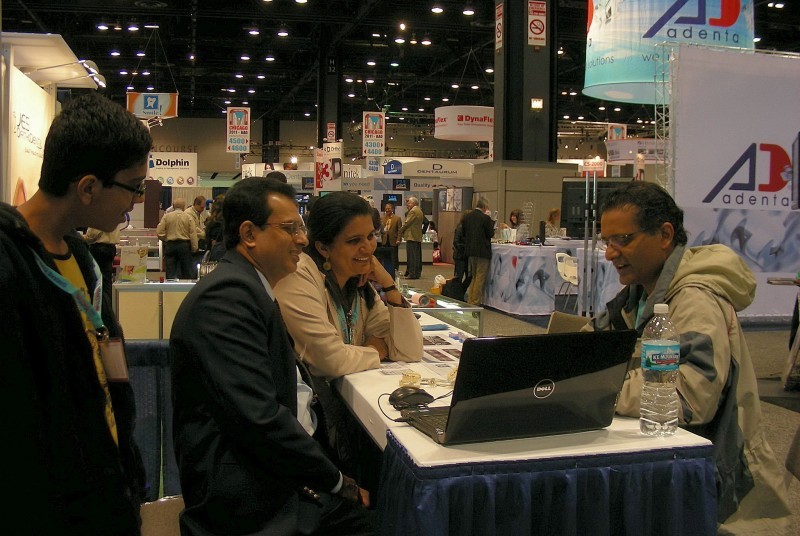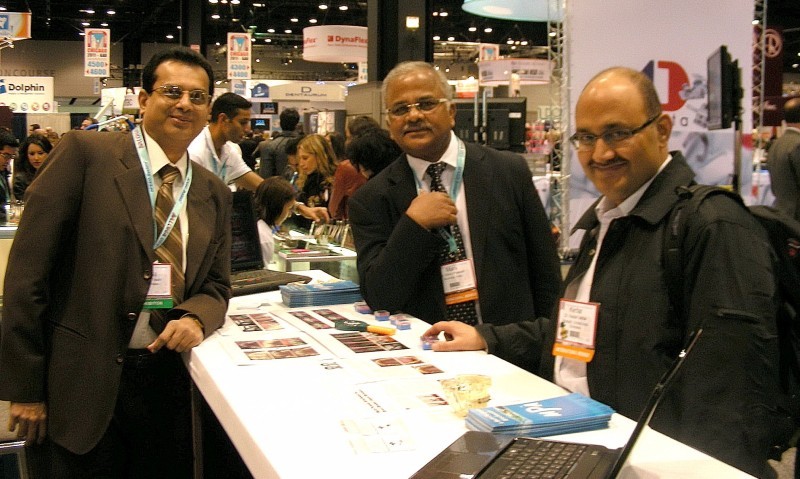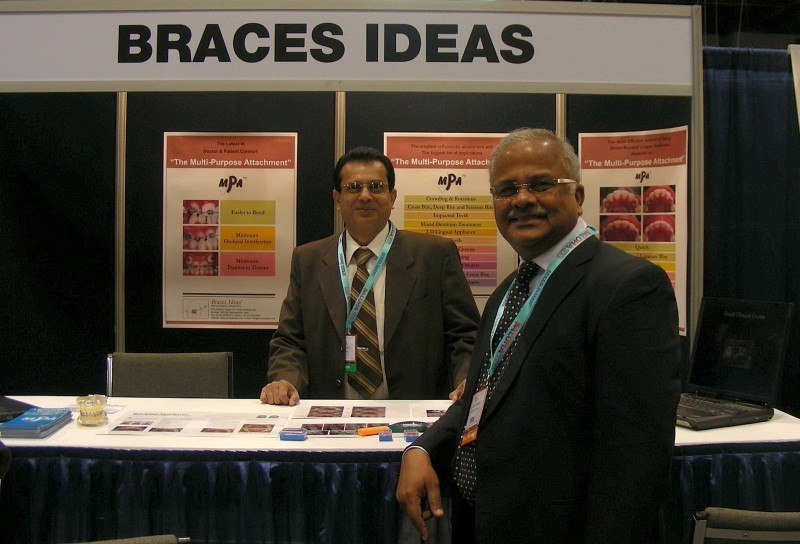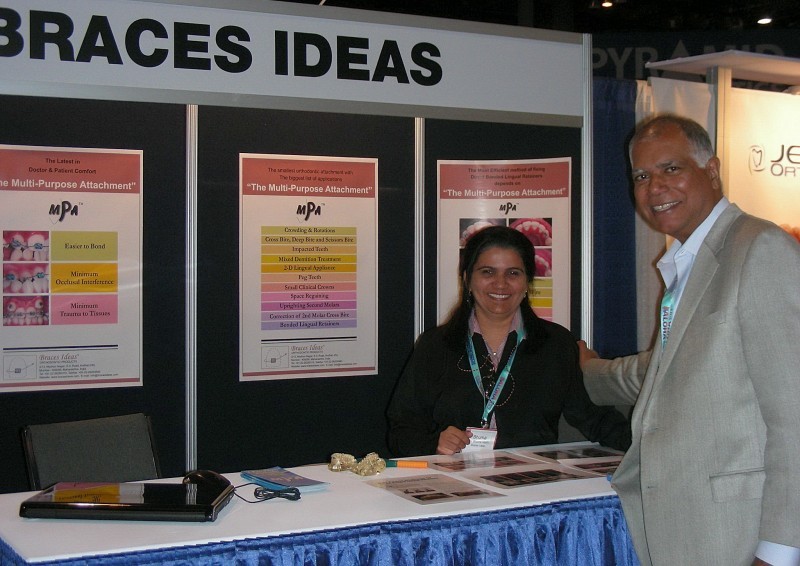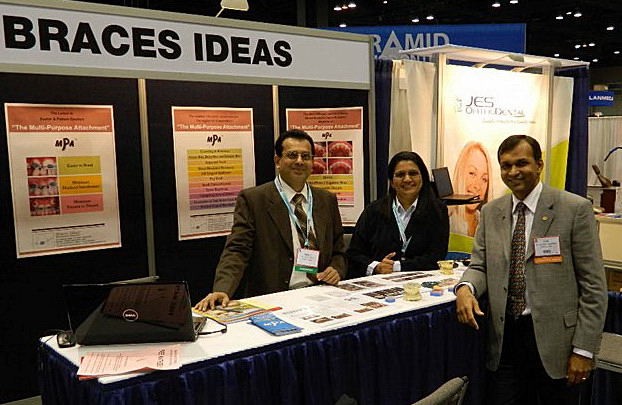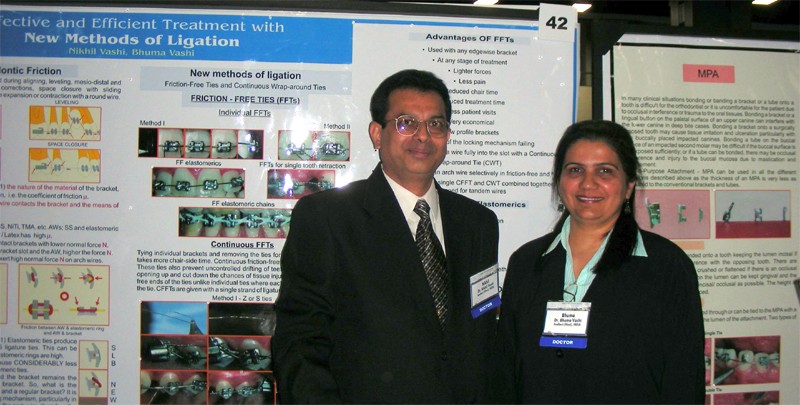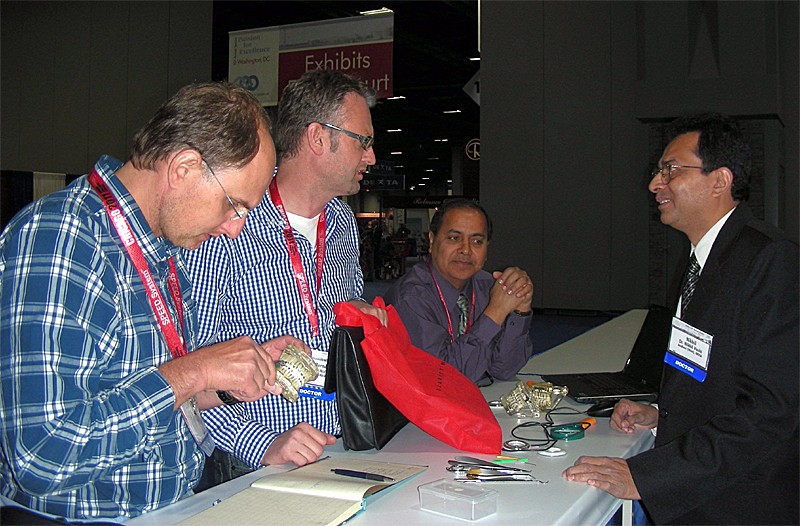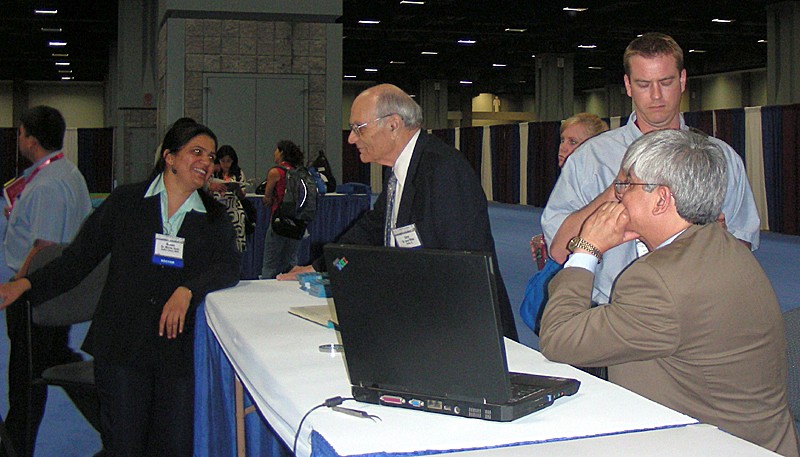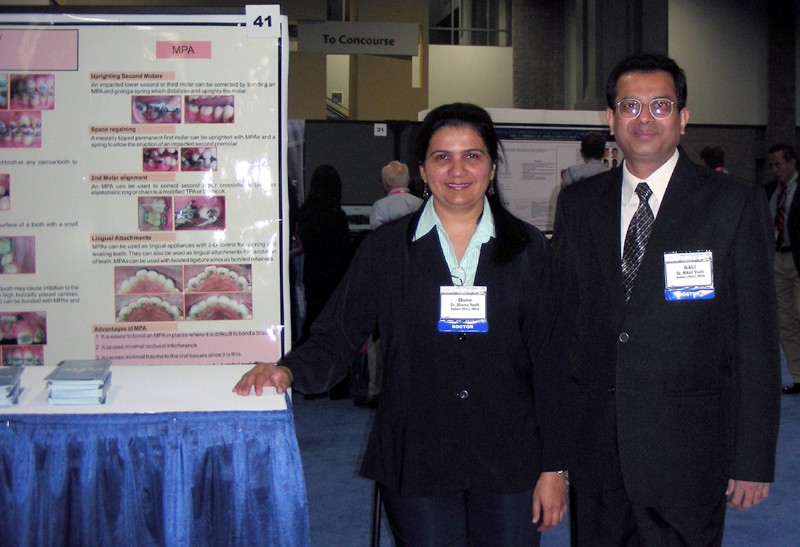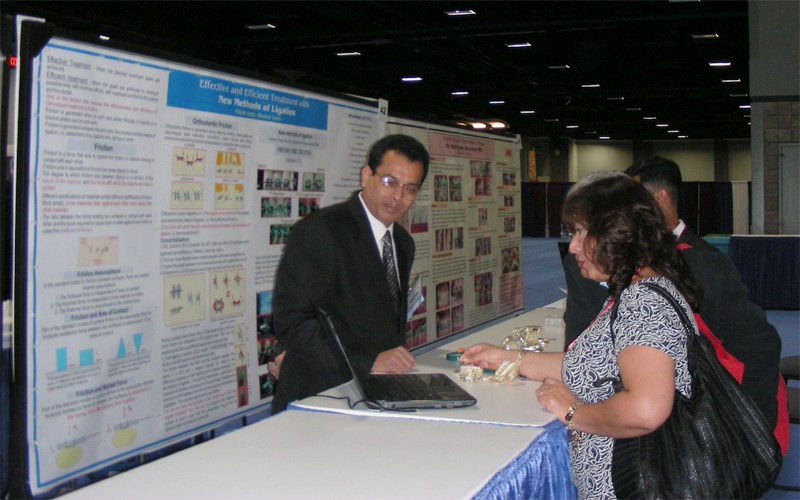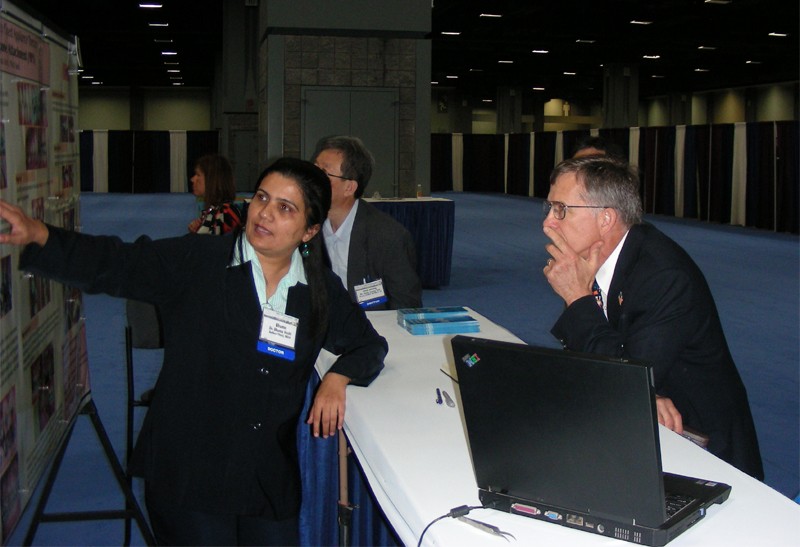Braces Ideas
-
Dr. Nikhil vashi and Dr. Bhuma vashi from “Braces ideas" have been helping orthodontic profession as a teacher, as an inventor of many appliances, techniques etc for many many years now.
read moreDr. Naman Hiralal Vora
M.D.S., Cert.L.Ortho.(USA) A - 9904, Braces Specialist (Gold Medalist).
-
I've been a huge fan of MPA ever since Dr Nikhil introduced his innovation !! Using it in all possible situations like unerupted ( impacted), semi erupted teeth and the the teeth in crossbite or deep bite, where bonding of conventional brackets would be a challenge.
read moreDr. Samir Uppal
Prof and HOD, SGDher College, Gujarat.
-
One of the most frustrating experiences.. is debonding of brackets. An excellent bonding option in these situations is the MPA attachment. The MPA is a useful adjunct..
which is easy to use and inexpensive.
read moreDr. N.R. Krishnaswamy
Prof. and HOD of Orthodontics & VP, Ragas Dental College & Hospital, Chennai.
-
I must say I am now using your MPA in
almost any situation where I cant place a
bracket and above everything its the most comfortable attachment for blocked out canines and...
read moreDr. Deepak Rai,
Associate Professor, SRCDSR, Faridabad and
in private practice in Noida
Multi-Purpose Attachment (MPA)
In many clinical situations bonding or banding a bracket onto a tooth is difficult for the orthodontist and/or uncomfortable for the patient due to occlusal interference or trauma to the oral tissues.
Developed by an award-winning expert doctor
This orthodontic attachment was designed by Dr. Nikhil Vashi, who is a creative genius. He has presented many innovative ideas to the field of orthodontics. These orthodontic innovations have got noticed at national and international levels and have fetched awards since the last 15 years.
Trade Participation at 46th IOC 2011
Braces Ideas participated in the annual session of Indian Orthodontic Conference 2011 at Khajuraho.
Trade Exhibit Participation at AAO 2011
Braces Ideas participated in the trade exhibit at the annual session of AAO 2011 in Chicago.
Table Clinic Presentations at AAO 2010
Dr. Nikhil Vashi & Dr. Bhuma Vashi gave Table Clinic Presentations at The Annual session of AAO 2010 in Washington DC. The topics were "A Useful Adjunct to Fixed Appliance Therapy - The Multi Purpose Attachment-MPA" and "Effective and Efficient Treatment with New Methods of Ligation."

Minimum occlusal interference

Easier to bond

Minimum trauma



